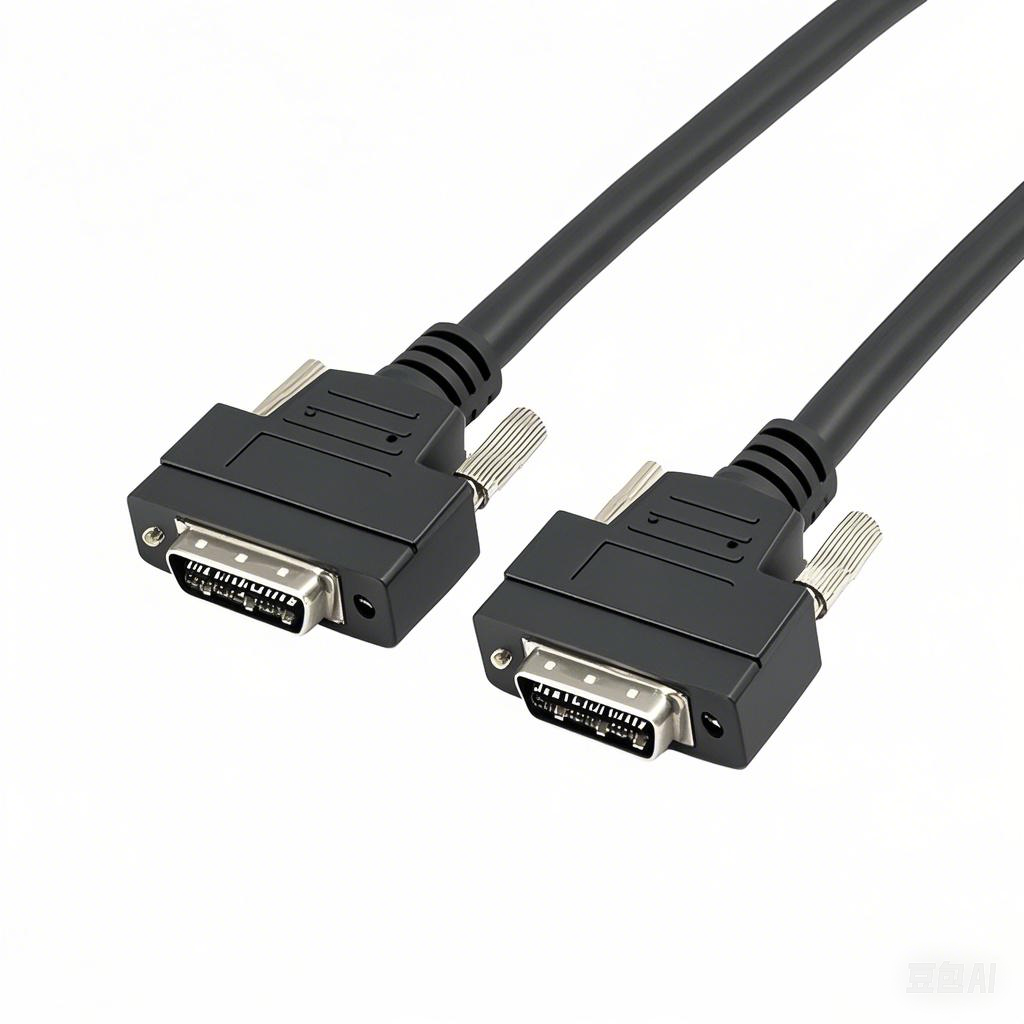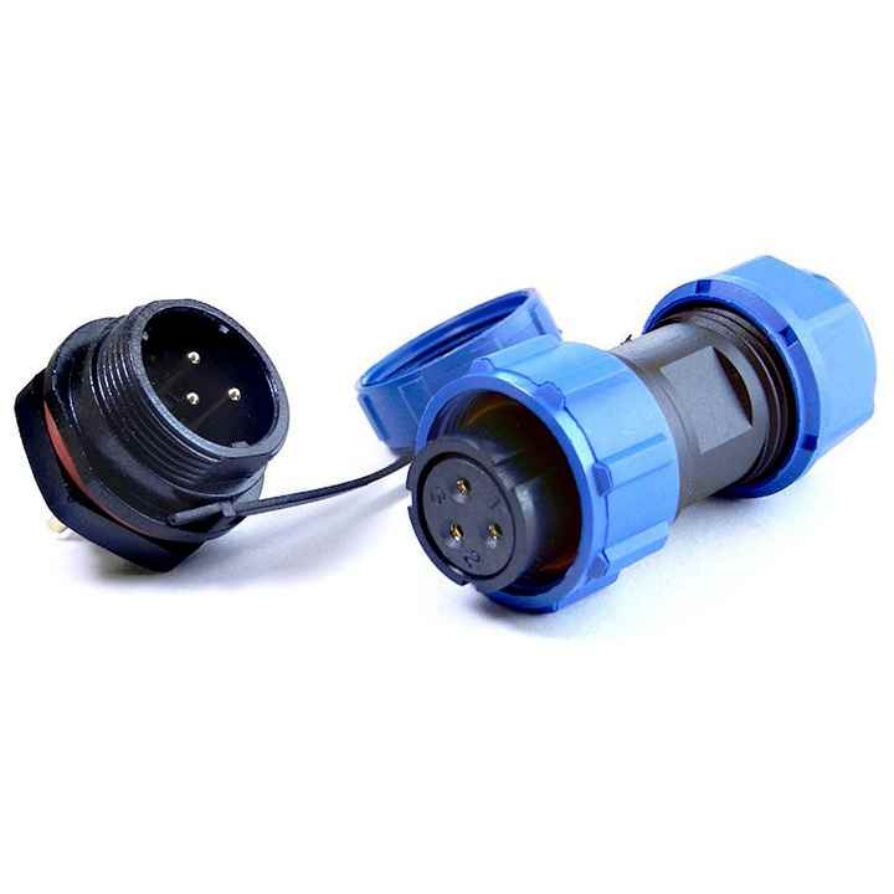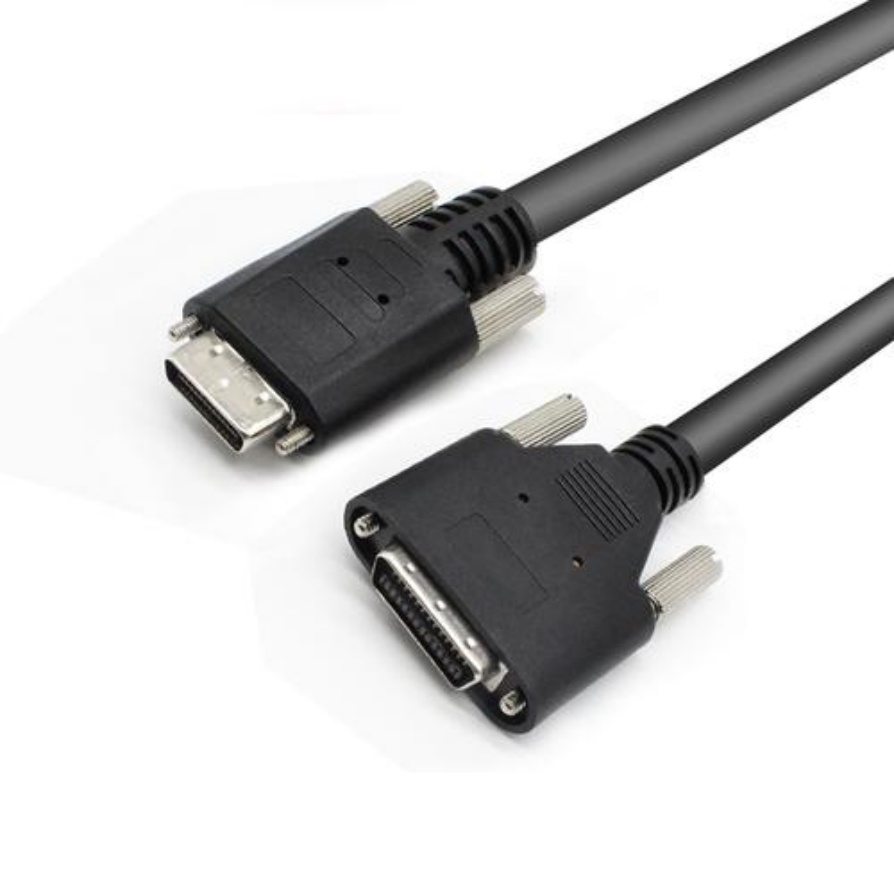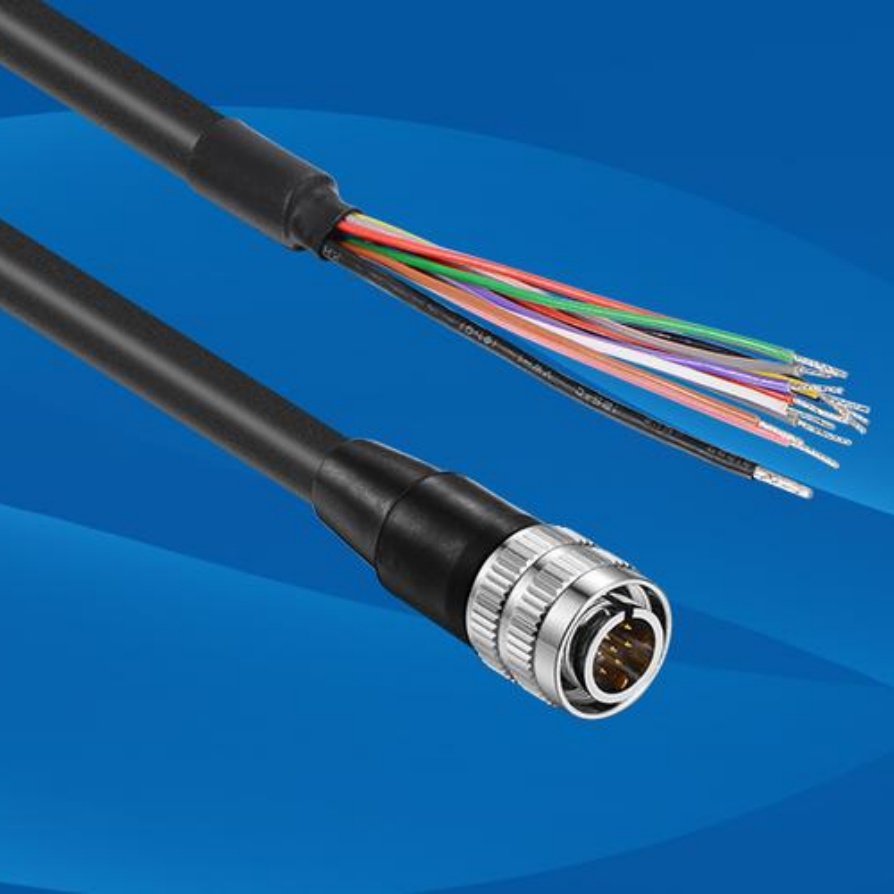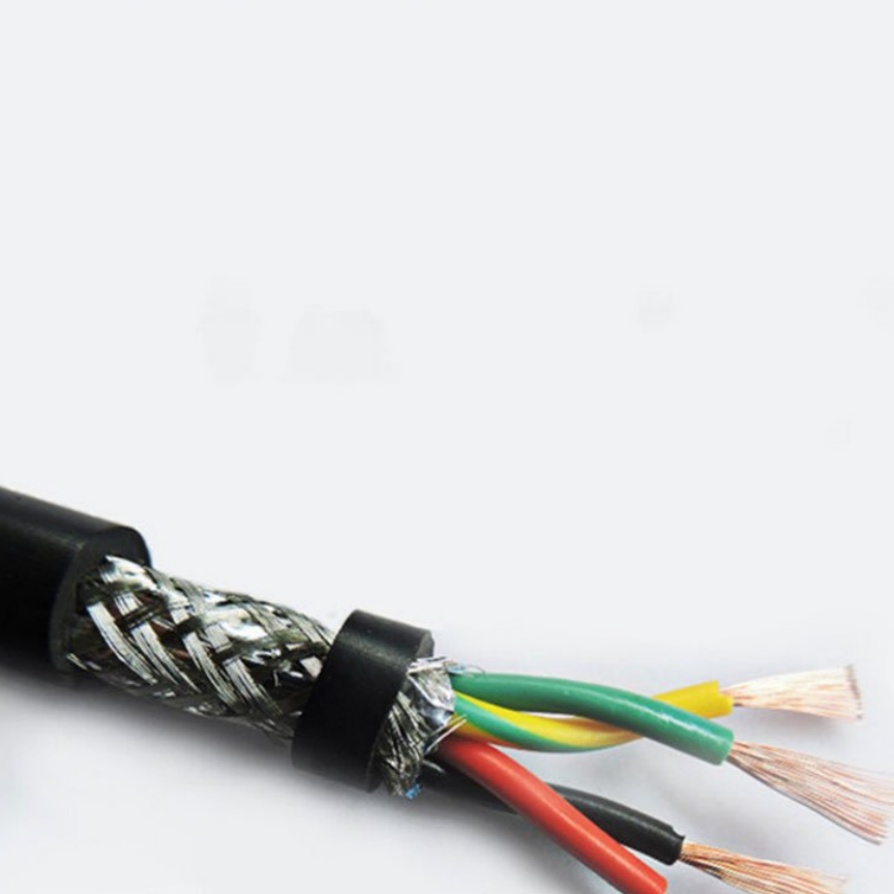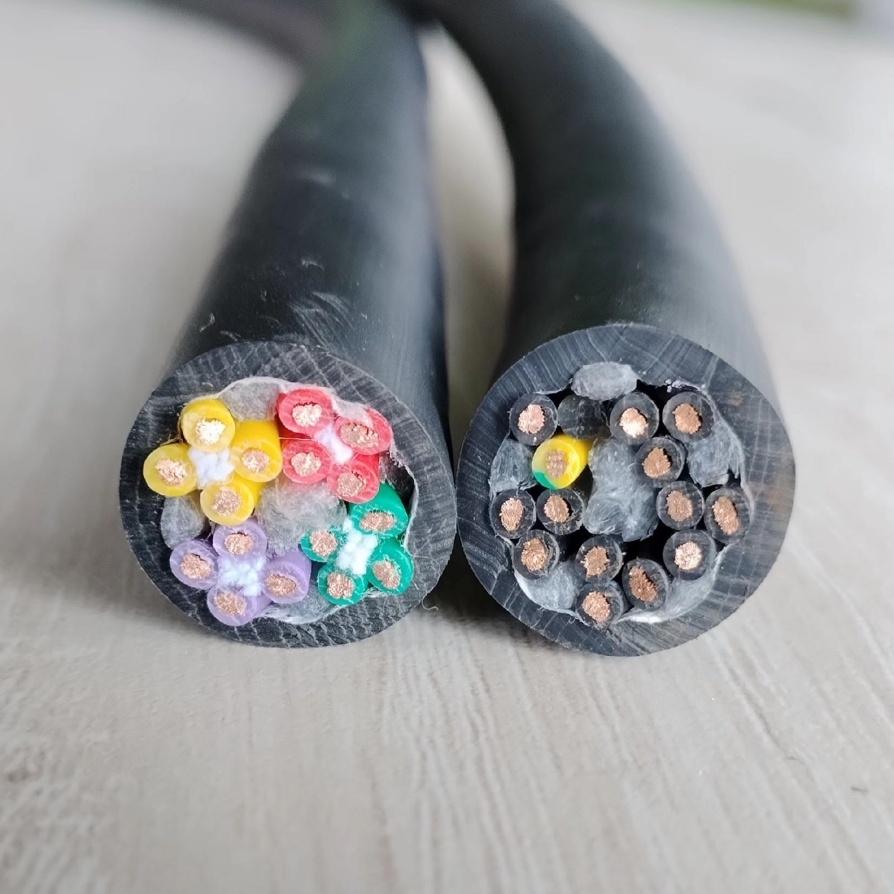The Rise of Smart Cables in Machine Vision Ecosystems
- What Makes a Cable “Smart”?
Smart cables embed sensors, microprocessors, and communication protocols to deliver capabilities beyond basic signal transmission:
Feature Function Impact on Machine Vision
Embedded Sensors Monitor temperature, bend stress, EMI levels Prevents overheating and signal drift
Real-Time Data Tagging Add metadata (e.g., timestamp, location) Enables traceability in QA/QC workflows
Self-Diagnosis Detect impedance mismatches or wire breaks Reduces downtime with predictive alerts
Adaptive Impedance Auto-adjust to maintain signal integrity Supports multi-protocol camera systems
IoT Connectivity Transmit health data to SCADA/MES platforms Integrates with factory-wide analytics
Example: A smart Camera Link HD cable from Molex reduced false defect detection by 30% in an automotive paint shop by dynamically compensating for EMI from robotic welders.
2. Key Drivers of Smart Cable Adoption
A. Explosion of Edge AI Processing
Modern vision systems process terabytes of data locally using edge AI chips (e.g., NVIDIA Jetson, Intel Movidius). Smart cables ensure low-latency, uncompressed data transfer:
Bandwidth: 32 Gbps+ for 8K/60fps video (CoaXPress 2.0 over hybrid copper-fiber).
Latency: <1 µs latency for real-time robot path correction.
Case Study: Foxconn’s AI-powered SMT inspection lines use smart PCIe Gen4 cables to shuttle data between 16MP cameras and edge GPUs, cutting inspection time by 50%.
B. Demand for Predictive Maintenance
Unplanned cable failures cost manufacturers $260,000/hour on average. Smart cables mitigate this via:
Vibration Sensors: Detect robotic arm fatigue in 6-axis systems.
Corrosion Detection: pH sensors in connectors alert to coolant leaks.
ROI: A semiconductor fab using L-com’s SmartWire cables achieved 90% fewer unplanned stops through moisture ingress alerts.
C. Multi-Camera Synchronization
Smart cables enable µs-precise timing across distributed vision nodes:
IEEE 1588 Precision Timing Protocol (PTP): Sync 100+ cameras within 5 ns.
Optical Timing Channels: Dedicated fiber strands for clock signals.
Application: BMW’s body-in-white inspection system synchronizes 48 lidar cameras via PTP-enabled cables to map car frames with 0.02mm accuracy.
3. Architectural Integration with Vision Ecosystems
Smart cables act as neural pathways in machine vision networks:
Data Layer:
Transmit raw video to edge AI processors (e.g., 25G SFP28 direct-attach copper cables).
Control Layer:
Relay I/O triggers between PLCs and cameras (IO-Link over M12 connectors).
Analytics Layer:
Stream cable health metrics to cloud-based digital twins via 5G MQTT protocols.
Innovation: Basler’s “A2A” (AI-to-AI) cables allow peer-to-peer data sharing between cameras, bypassing central servers for faster defect consensus.
4. Overcoming Adoption Barriers
Challenge Solution
Cost (2–5× traditional) Modular designs; pay-per-health SaaS models
Skill Gaps Plug-and-play cables with auto-configuration
Standardization Cross-industry alliances (e.g., GenICam, OPC-UA)
Breakthrough: The AIA’s upcoming “Cable 4.0” standard unifies smart cable APIs, allowing Siemens, Cognex, and Keyence systems to share diagnostics.
5. Future Outlook: Cables as AI Co-Pilots
By 2030, smart cables will autonomously:
Self-Optimize Bandwidth: Allocate capacity dynamically between 8K video and sensor telemetry.
Negotiate Power Budgets: Balance PoE (Power over Ethernet) and PoDL (Power over Data Line) for multi-camera rigs.
Block Cybersecurity Threats: Embedded FPGAs encrypt data using quantum-resistant algorithms.
Vision: A DHL warehouse prototype uses smart cables that guide AGVs via EMI-based “tactile signals,” creating a cable-as-a-navigation-grid.


